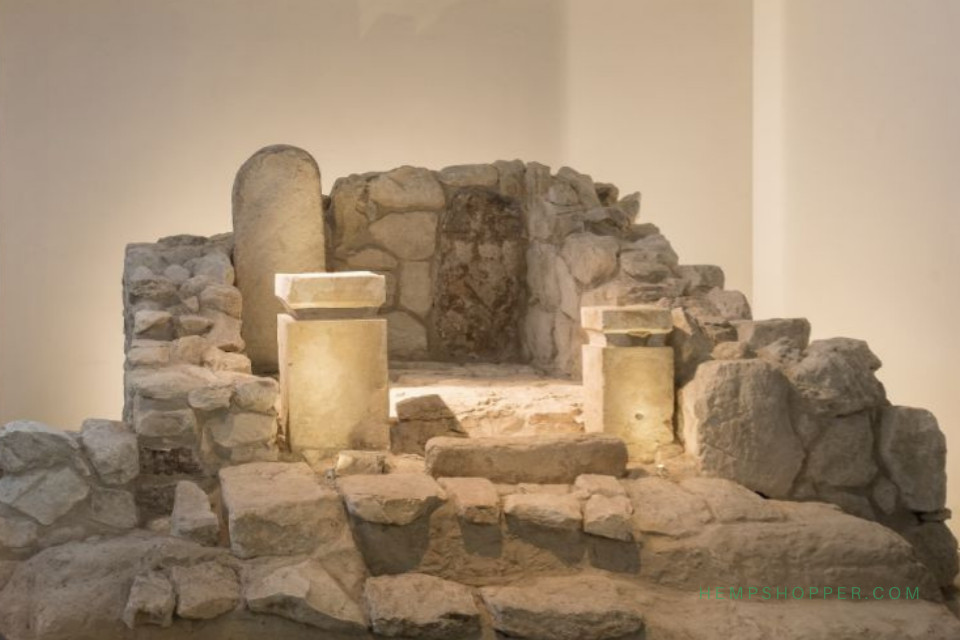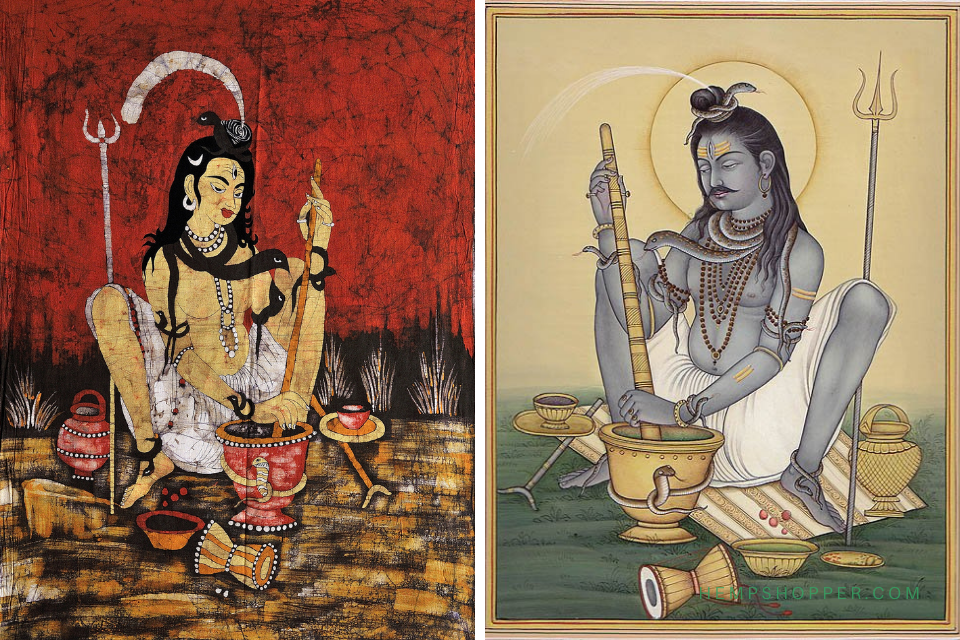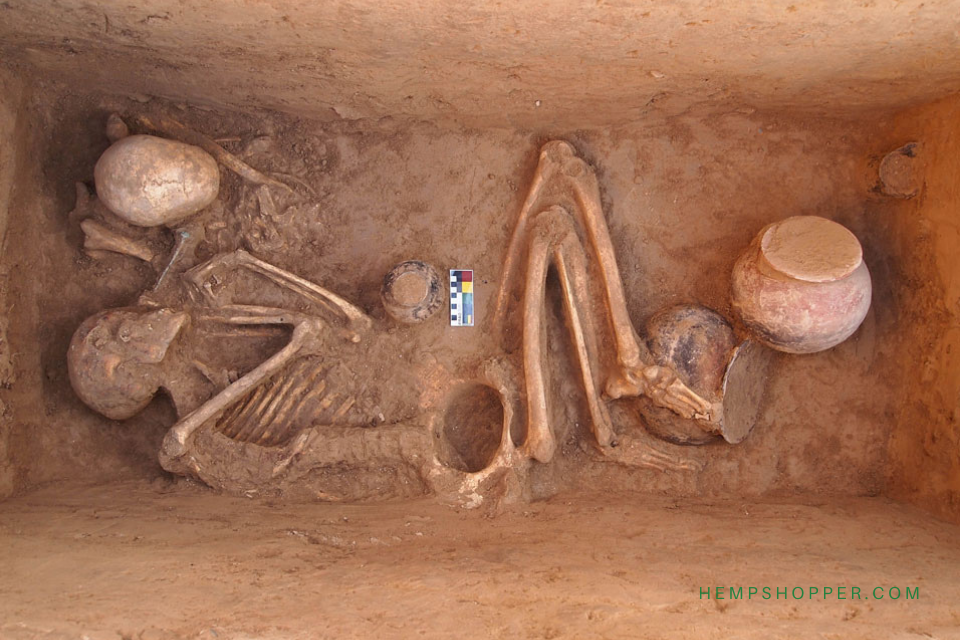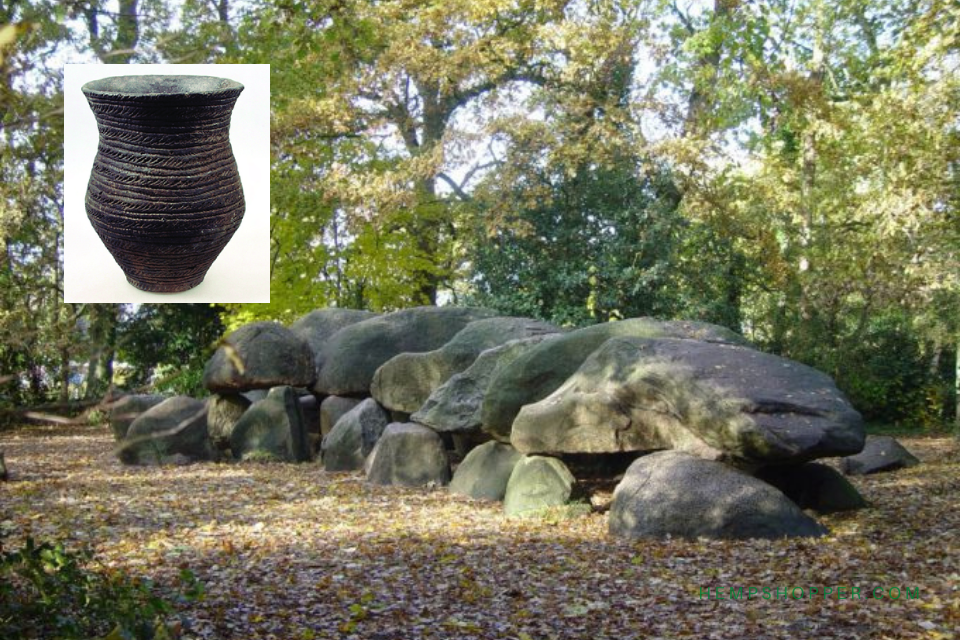2700 BCE: Shennong pen Ts’ao first describes uses of cannabis
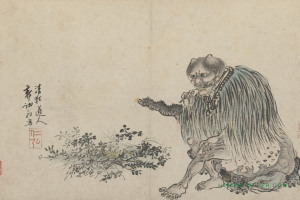
2700 BCE: Shennong pen Ts’ao first describes cannabis and some of its uses.
Shennong pen Ts’ao king is a Chinese book on agriculture and medicinal plants. It survives as a copy made c. 500 CE and describes about 365 herbs.1 The book’s origin has been attributed to the mythical Chinese emperor Shennung (Shennong), who was said to have lived around 2700 BCE. In its text cannabis is referred to as a “superior” herb.
Shennong has been thought to have taught the ancient Chinese not only their practices of agriculture, but also the use of herbal drugs.2 Shennong cannot be said to be a completely historical figure.. Researchers hypothesize that writings credited to this ‘ Devine Farmer’ are really a compilation of oral traditions written between about 300 BCE and 200 CE.
The “Lu Shi,” a Chinese work of the Sung dynasty, about 500 CE, contains a statement that the Emperor Shen Nung, in the twenty-eighth century B.C., first taught the people of China to cultivate “ma” (hemp) for making hempen cloth.3
1.HONG-YEN, Hsu (1980): Oriental Materia Medica: A Precise Guide. Long Beach, CA: Oriental Healing Arts Institute. 2.CHRISTIE, A (1968): Chinese Mythology. Feltham, Hamlyn Publishing. 3.Yearbook of the United States Department of Agriculture, 1913, p288. Research and text © Hempshopper Amsterdam.


 Hempshopper Amsterdam
Hempshopper Amsterdam 



